Northern Potoo
10,000 Birds
AUGUST 2, 2011
Sometimes called “Poor-me-ones&# on account of their haunting calls, these bizarre denizens of the night come in 7 different flavors from the family Nyctibiidae within the order Caprimulgiformes. In reality though, this is actually a pretty stellar nesting strategy. Potoos that are brooding simply look plumper than normal!




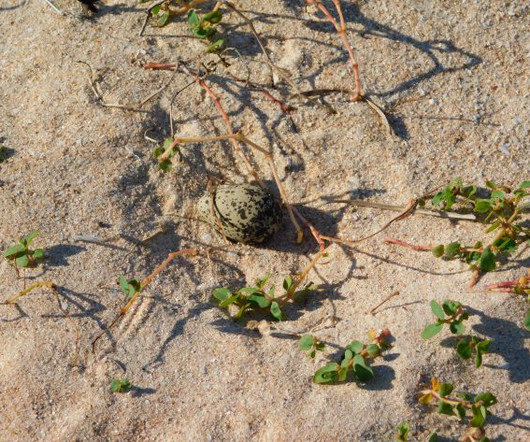
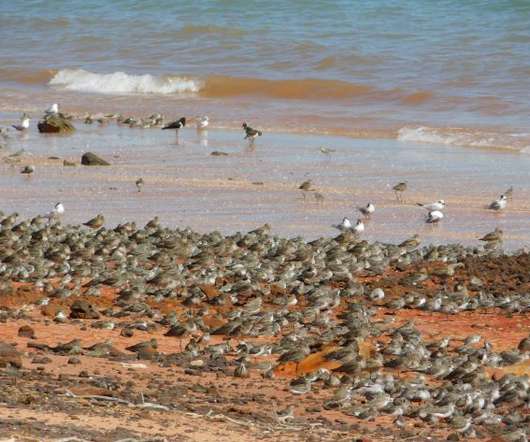


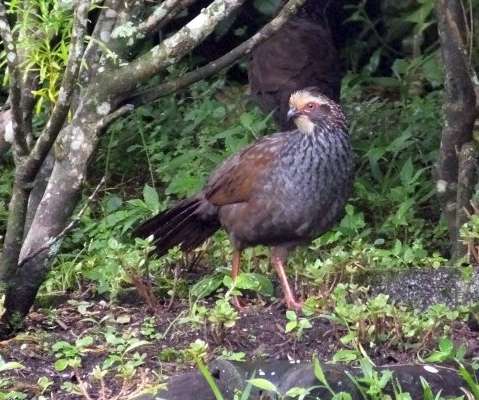
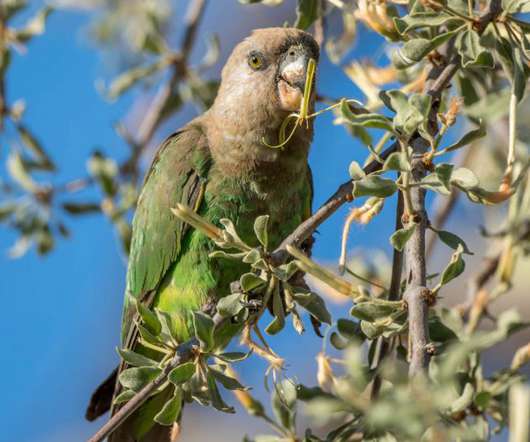
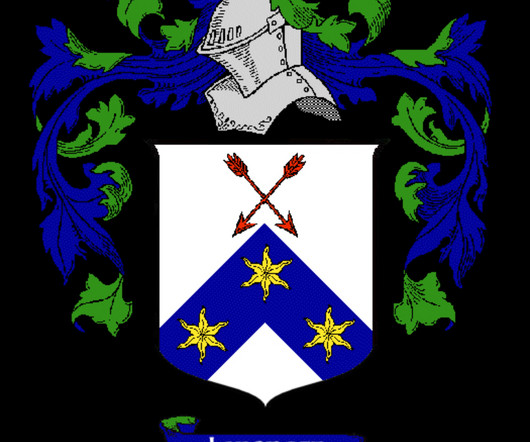





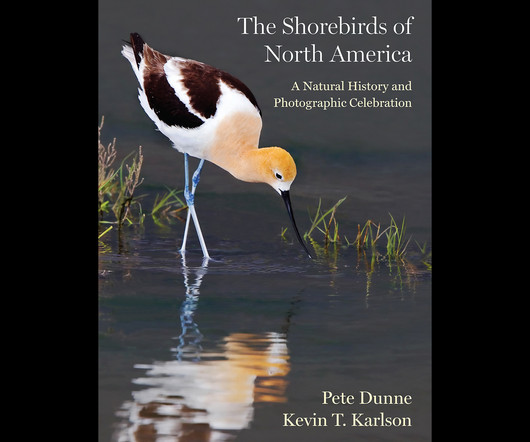
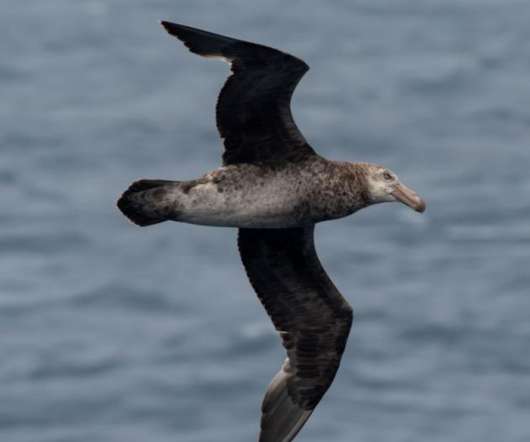



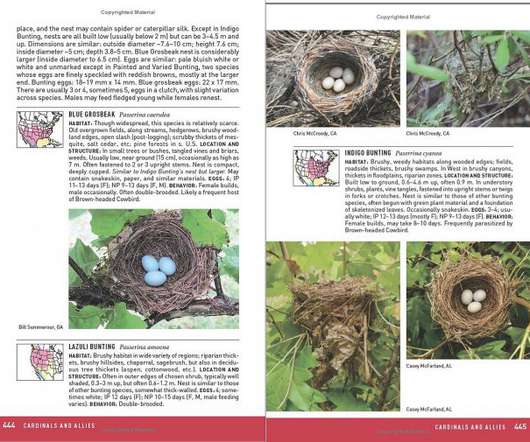
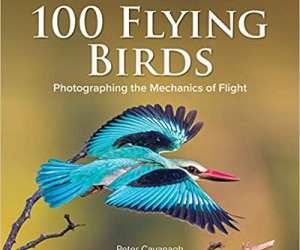

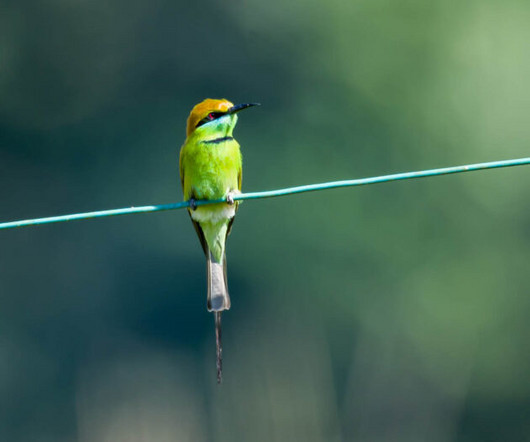






Let's personalize your content